NEW LEADER GUIDE
THIS BOOK BELONGS TO:


THIS BOOK BELONGS TO:

We’re thrilled you’ve joined the Girl Scout movement.
It is so much more than a fun activity - it’s how girls become forces for good and make a difference in their communities, across the country, and around the world! Girls - along with the caring volunteers who support them - grow the values and leadership skills they need to power a lifetime of success and adventure. This guide will help prepare you for your first year as a Girl Scout troop leader. Need help? We have the tools, resources and people to support you every step of the way. Welcome to the team!


Girl Scout Mission
Girl Scouting builds girls of courage, confidence and character who make the wold a better place.
Girl Scout Promise
On my honor, I will try To serve God* and my country, To help people at all times, And to live by the Girl Scout Law *May substitute for your own beliefs.
Girl Scout Law
I will do my best to be honest and fair, friendly and helpful, considerate and caring, courageous and strong, and responsible for what I say and do and to respect myself and others, respect authority, use resources wisely, make the world a better place, and be a sister to every Girl Scout.
Here you’ll find information about program standards and safety requirements, the basic framework of a Girl Scout troop meeting, and a New Leader Checklist.
Ensure you’re OPTED IN to receive GSEOK emails by checking your member communication preferences at myGS.girlscouts.org and be sure to follow us on social media!
@gseastok

At Girl Scouts, girls have tons of fun, make new friends, and go on fantastic new adventures. Our program centers on something called the Girl Scout Leadership Experience (GSLE) -- a collection of activities and experiences girls have as they complete Journeys, earn badges, sell cookies, go on exciting trips, explore the outdoors, and do Take Action projects that make a difference.
In Girl Scouts, girls will:
Find out who they are, what they care about and what their talents are
Do something to make the world a better place DISCOVER
Collaborate with other people, locally and globally, to make a difference in the world
TAKE ACTION

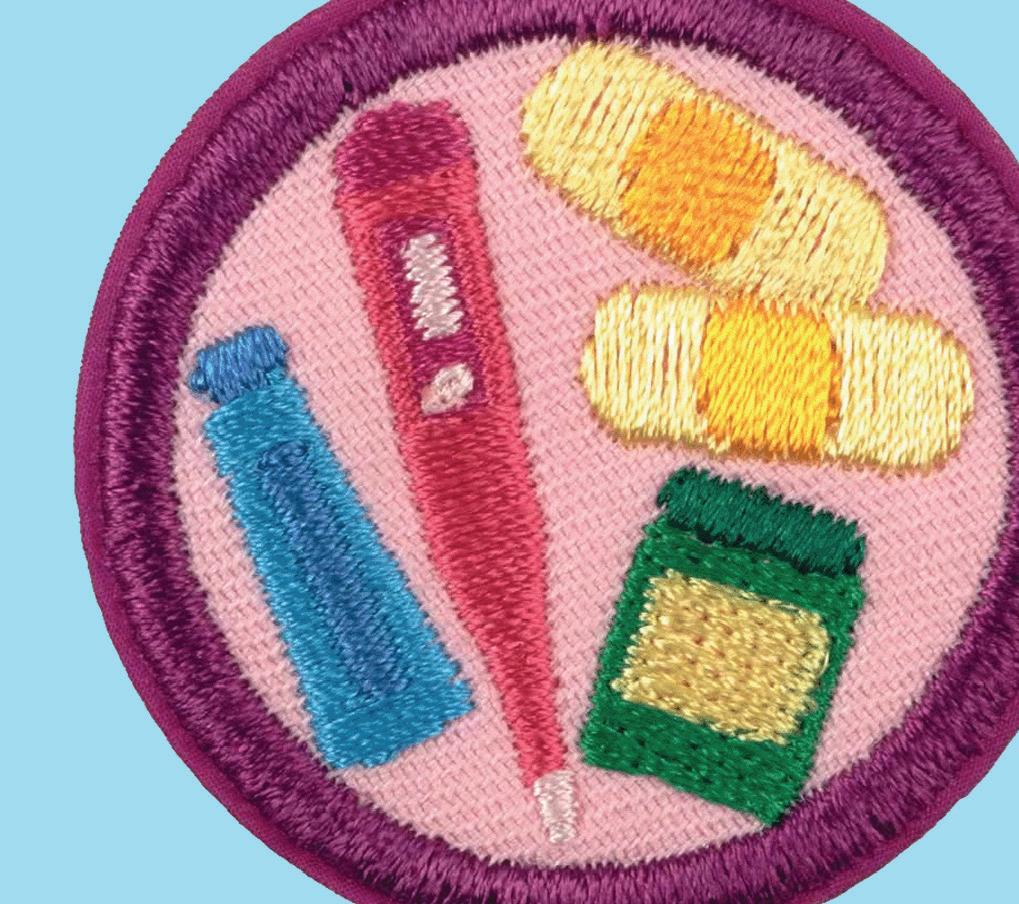

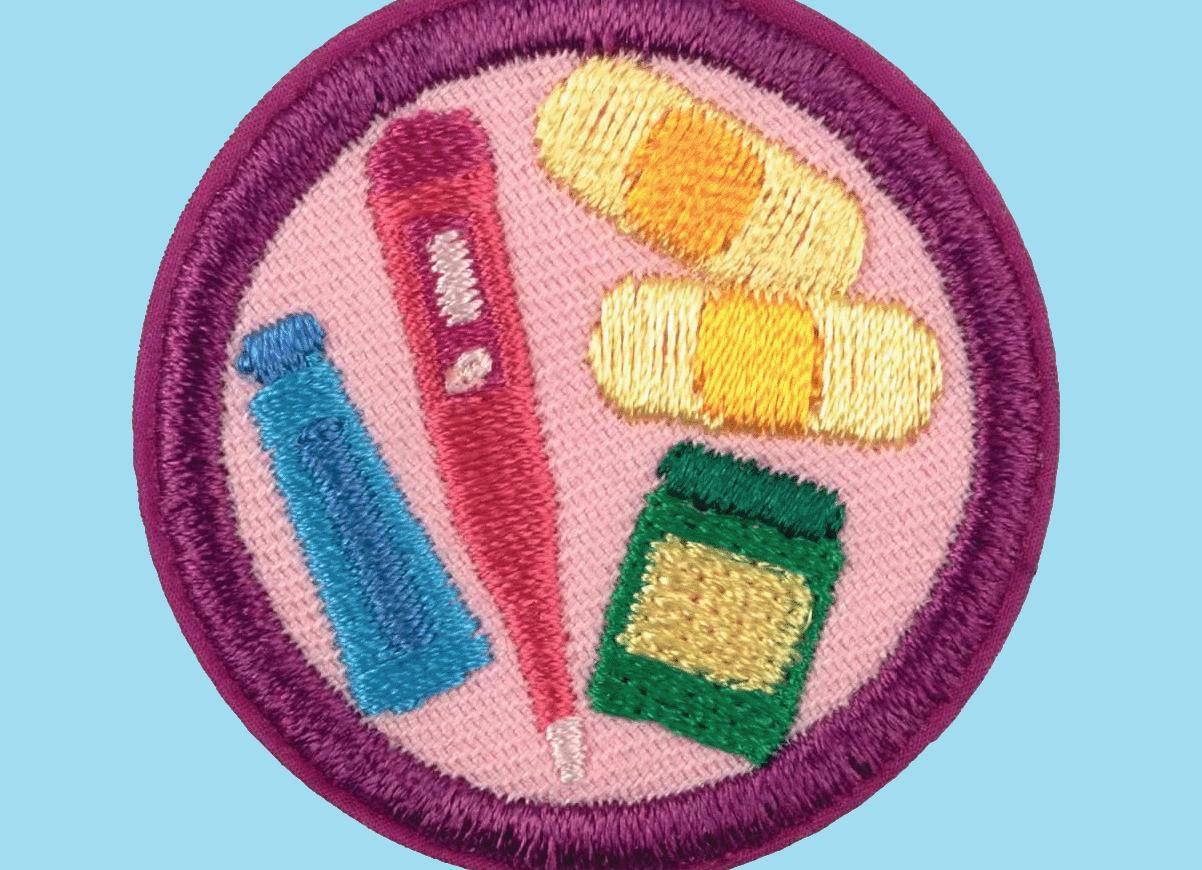


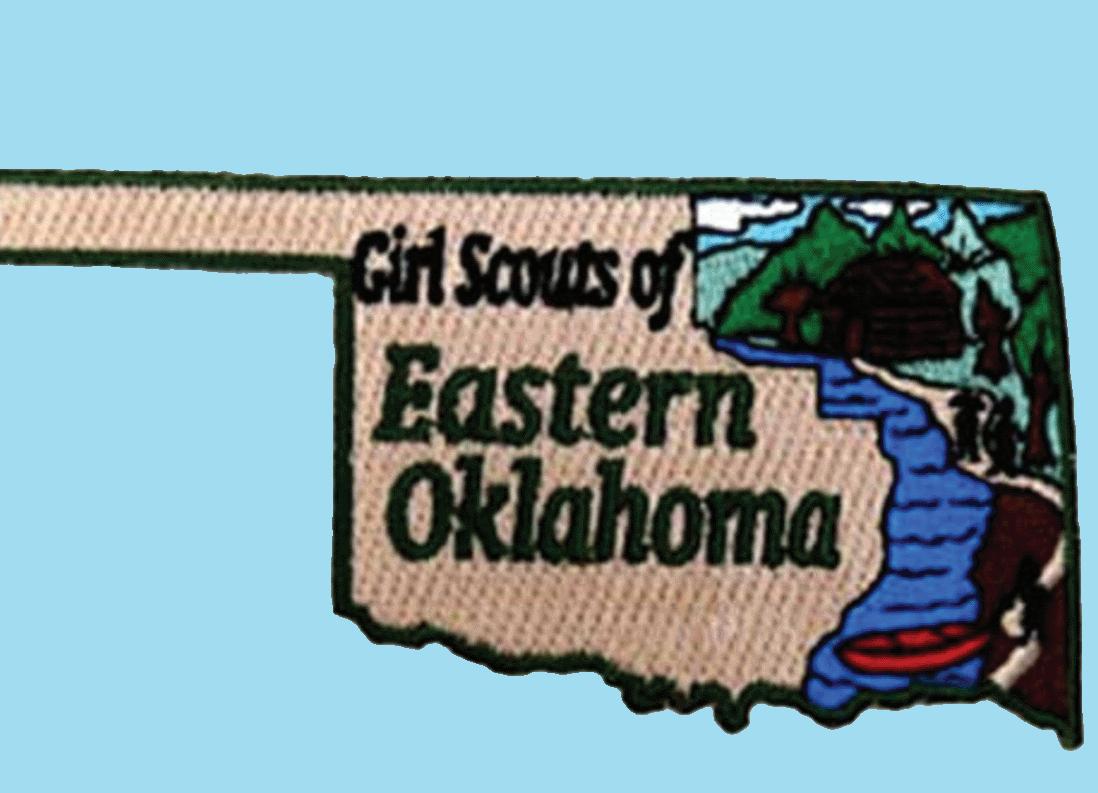




Each Girl Scout badge will spark their imagination while helping girls explore their world and their interests. Official badges are worn on the front of the vest or sash.
The Volunteer Toolkit (VTK) and Girl’s Guide to Girl Scouting are your best resources for badge requirements.








Think of patches like collecting memories in Girl Scouts. They’re often a part of the fun activities you and your troop can do without the requirements of badges.


Patches are always worn on the back of the vest or sash.
These prestigious honors represent the pinnacle of achievement for Girl Scouts.
Each one empowers girls to make a real difference on issues they’re passionate about. Whether it’s planting a community garden to promote healthy eating for their Bronze award, advocating for animal rights for their Silver, or creating a career network to encourage girls in science and engineering for their Gold, your troop will be leading the way and inspiring others. Help guide your Girl Scouts to greatness and watch them shine!
Girl Scouts isn’t about sticking to a strict curriculum. It’s about trying new things, experiencing it together, and reflecting on what you learned and how it changed you. A successful troop leader is someone who can bring together a group of Girl Scouts to do just that.
Girl Scouts is girl-led. Your role as a troop leader is to help guide your troop members through their activities. For younger girls, that can mean a little more structure and planning. For older girls, it means understanding their goal and helping them get there while letting them take charge.
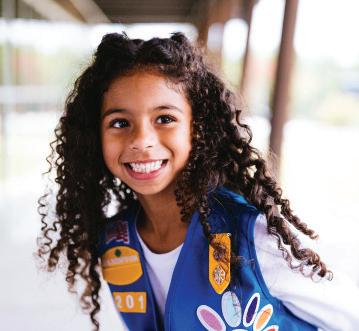
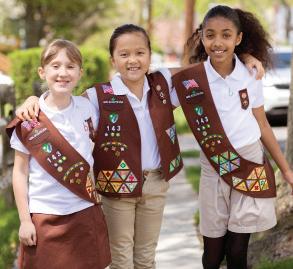
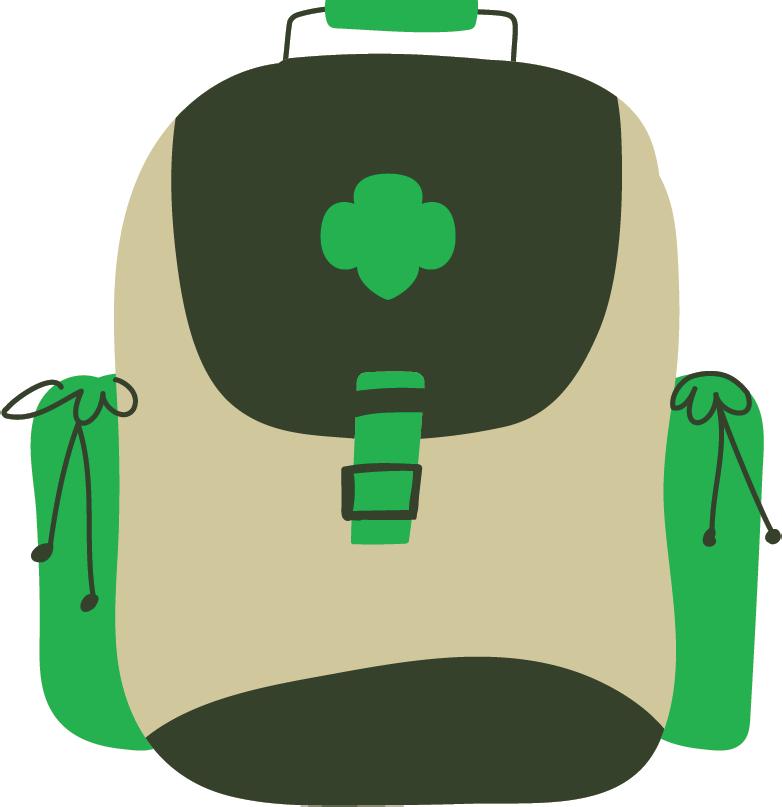
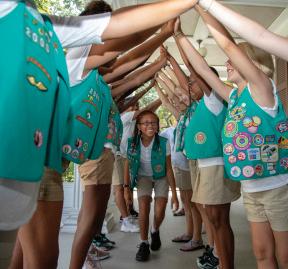
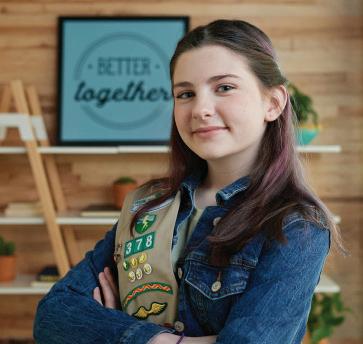
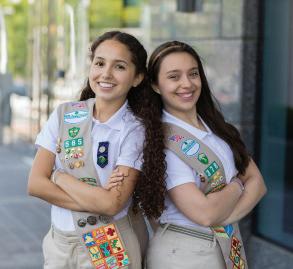
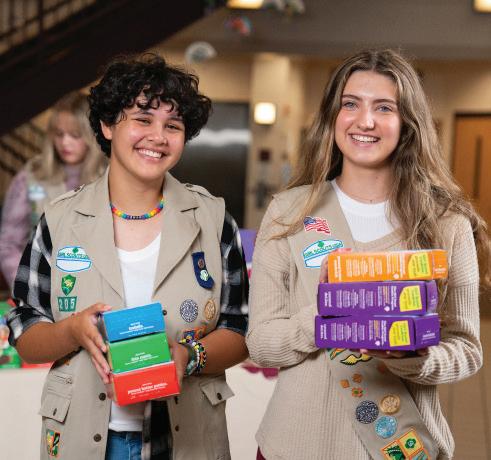
Girl Scouts at each level now wear one element (tunic, sash or vest) to display official pins and awards. Girls can mix and match pieces from the official Girl Scout collection to complete the uniform.
Troop Leaders may opt to collect money from parents and purchase sashes, vests, and insignia from our Council shop or ask parents to purchase items on their own. Financial assistance for uniform components is available for qualifying families. Uniforms are not mandatory to participate.
Visit our shop to purchase uniforms, starter kits and more! You can also shop online at www.gseok.org/shop
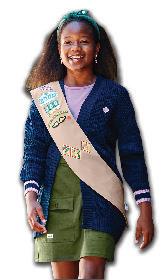
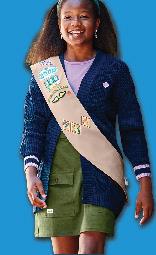
1. National Organization
Girls Scouts of America is the national organization supporting local Girl Scout Councils (GSUSA)
2. Girl Scouts of Eastern Oklahoma 501(c)(3) non profit that fundraises to operate camps and progams
3. Service Units
Adult volunteers who support day-to-day operations of Troops.
4. Troops
Groups of particpants matched with adult volunteers who have sucessfully completed background screening.

A unique aspect of Girl Scouts is the wide variety of activities we offer participants.
Girl Scouts fosters supportive relationships by creating a welcoming, inclusive enviorment.
Girl-led, cooperative, and hands on activities are the processees that are conducive to high-quality learning.
Participants develop attitudes, skills and behaviors that help them become responsible, engaged citizens; all esssential qualities of a successful leader!
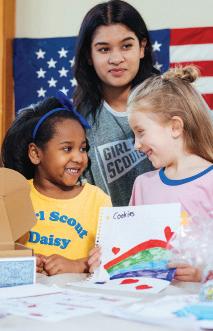
• Take Action/ Community Service
• Field Trip or Event
• Traditions
• Prodcut Programs
• Outdoor activities (camping, hiking, etc.)
Leading a Girl Scout Troop Meeting is all about fun, friendship, and discovery! Whether you’re just starting out or looking to refresh your approach, a well-planned meeting makes everything run smoothly. Let’s dive into some easy tips to make your meetings engaging and memorable!
• Have I created a Safe Space for all Girl Scouts to feel included and respected? This should be an environment for every girl.
• Are the activities Girl-led, Cooperative and Hands On, per the 3 Girl Scout Processes?
• How can I best engage families to participate? How can I best support my volunteers?
• Council Programs with GSEOK
• National Programs with GSUSA

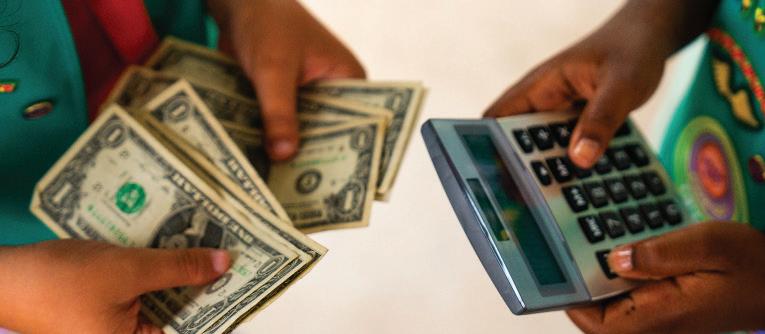
Teaching Girl Scouts about money management and empowering them to make good financial decisions is part of troop financial management. Having the Girl Scouts work together to discuss and plan resource managment helps them on thier Leadership Experience journey.
•Treasurer handles money and keeps financial records
•Girls discuss the cost of supplies and activities
•Treasurer handles money and keeps financial records
•Girls discuss the cost of supplies and activities
•Girls set goals for council sponsored product sales
•Girls assist with budgeting
•Girls set goals for council sponsored product sales
•Treasurer retains overall responsibility for budget and records
•Girls plan and budget as well as keep financial records under supervision
•Girls set goals for council sponsored product sales
•Girls administer all financial operations under supervision
•Treasurer retains overall responsibility
•Girls administer all financial operations under supervision
•Treasurer retains overall responsibility

‘Reporting Child Abuse and Neglect’ training
‘GSUSA New Leader Onboarding: The Girl Scout Leadership Experience’ training
GSUSA New Leader Onboarding: Your First Troop Meeting’ training
Schedule a meeting with Service Unit team member
A member of your service unit team will contact you and set up a meeting to discuss service unit operations and expectations and to schedule setting up your bank account.
Week 4
Have your first meeting!
Schedule to attend your first Service Unit meeting
This is a great time to network, meet your service unit team and get important information.
‘GSEOK New Leader Orientation’ training
This is a live virtual orientation done twice a month. Check GSEvents at www.gseok.org for schedule
‘GSUSA New Leader Onboarding: What Girl Scouts Do’ training
This training is based on program level.
Schdule a meeting with your co-leader(s)
Set up a meeting to decide on some troop specifics before your family meeting. To help, we’ve provided a packet, linked in your NLG.
Week 5
“GSUSA Volunteer Toolkit –Troop Leader View’ training
GSUSA New Leader Onboarding: Family Engagement – The Key to Success’ training
Plan your family meeting and invite the families
Hosting a family meeting is a great opportunity to introduce yourself, get to know the girls and their families, and get them involved! This is also a great opportunity to get all of the girls’ paperwork completed.
Week 6
‘Beyond the Meeting’ Training
This training is required before your troop participates in any trips or overnights.
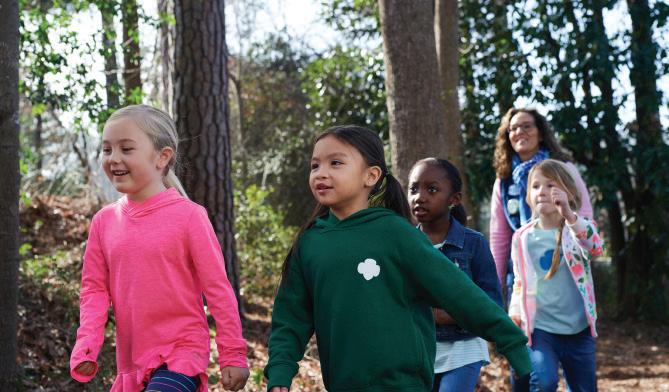
There are six basic elements to every troop meeting. These will help you set the framework and be a guide to having successful and purposeful meetings. Feel free to utilize the meeting outlines included with your New Troop Leader kit or check out the Volunteer Toolkit for more ideas.
You need to have the following items at each Troop Meeting:
• First Aid Kit
• Copy of each child’s information sheet
A Kaper Chart is a Girl Scout tradition. It indicates jobs that need to be done and who is responsible for each of them. Sharing responsibilities helps everyone work together as a team and accomplish their goal. You can find some really great Kaper Chart ideas online!
Have activities available so that the girls are engaged before the meeting begins. This could be anything from coloring pages, singing songs, playing a game, or journaling about their day.
Let your Girl Scouts decide how to open their meeting. Most begin with the Promise & Law, flag ceremony or songs. (5-10 min)
This is the time for the troop to plan upcoming meetings or decide what Service Unit/Council events they want to attend. Collect dues and make annoucements. (5-10 min)
Support your troop as they complete their pre-selected activities to work towards badges and journeys. This portion of the meeting should be girl-led with aide from the Troop Leader. (30-45 min)
Always leave your meeting space better than you found it! (5-10 min)
Just like the opening, each troop can choose how they want to close -- with a song, game or a story. As caregivers arrive, remind them of any important updates or upcoming events. (5-10 min)
While working with girls and learning new skills is fun and rewarding, assuming responsibility for other people’s children means that some level of risk management and due dilligence is involved. There are several resources we use to help you minimize risk and keep participants safe.
Girl Scout groups are large enough to provide a cooperative learning enviornment and small enough to allow the development of individuals. Our volunteer-to-girl ratio shows the minimum number of volunteers needed to supervise a specific number of girls.
You must have at least 2 unrelated eligible adult volunteers present at all times, plus additional eligible volunteers as necessary, depending on group size. Any adult supervising girls must be an approved volunteer. All adult volunteers must be at least 18 years old and must have an eligible background check before volunteering. One troop leader in every group must be female. Please refer to the chart below:
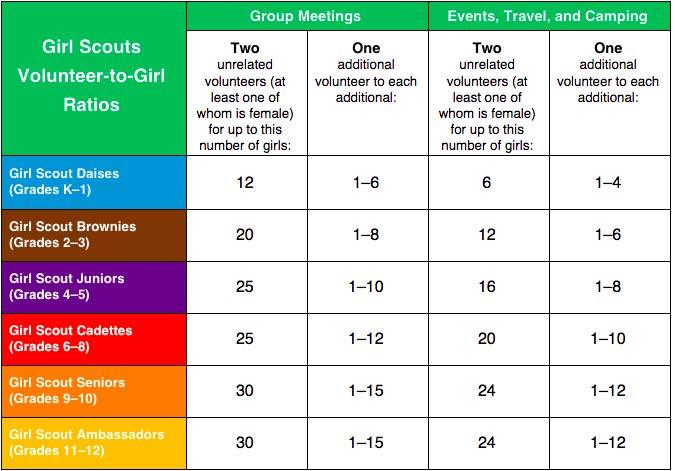
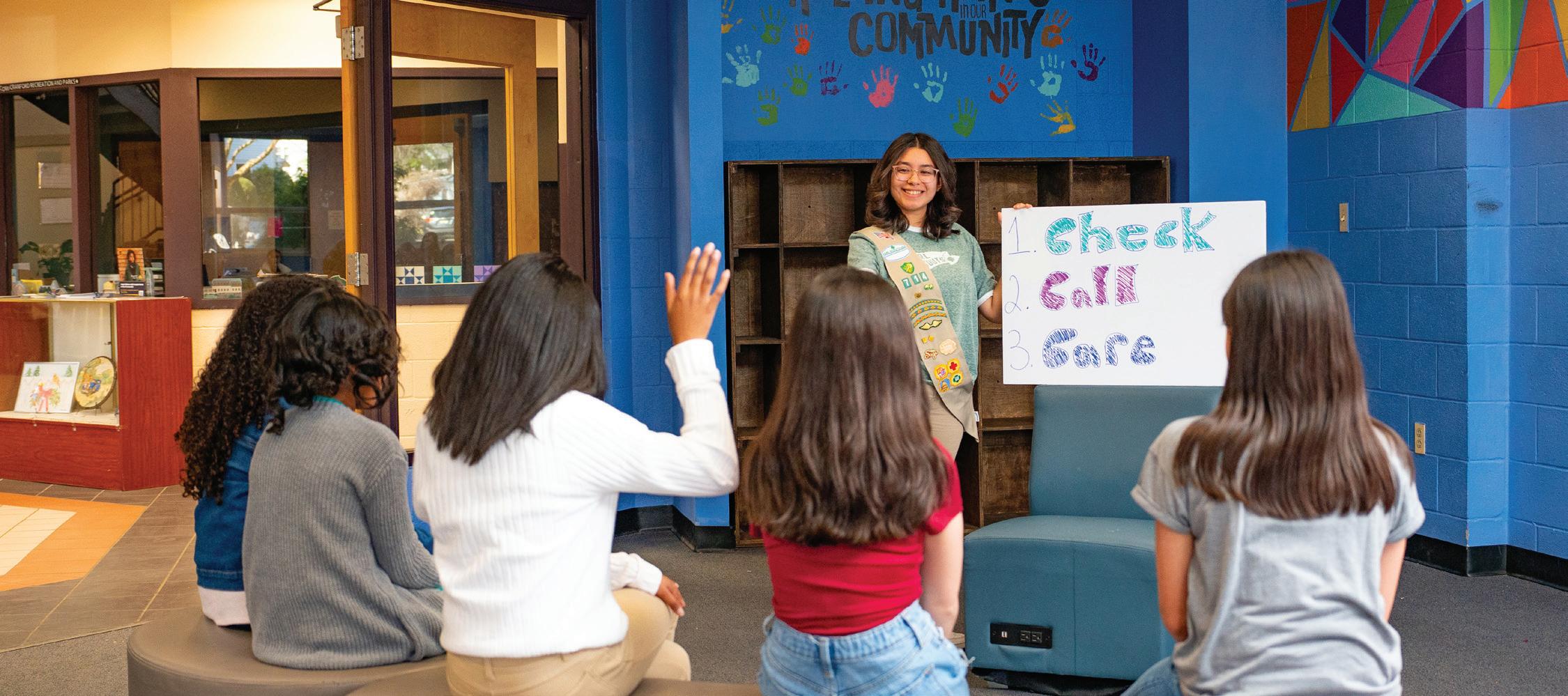
When preparing for any activity, start by reading safety activity checkpoints for that activity. You can find these on the ‘Resources’ tab of the Volunteer Toolkit (VTK). Each checkpoint offers required guidleines on where to hold the activiy, how to include those with disabilities, where to find any basic or specialized gear required, how to prepare and what steps to follow the day of the activity. The checkpoints will note if a First Aid volunteer is required.
If the Safety Activity Checkpoints do not exsit for an activity your troop is interested in, contact Customer Care at customercare@gseok.org or call 918-745-5252 before making any plans.
Although we all hope the worst never happens, it’s important to be aware of and follow our council’s procedures for handling emergency incidents. At the scene of the incident, safety is your first priorty. Provide care for the injured person or obtain medical assitance and then immediately report the emergency to GSEOK staff. Call our main line at 918-745-5252 or our programs line at 918-277-6038 (after hours).
Make sure a general first aid kit is available at your meeting place and accompanies particpants on any activity. You may need to provide the kit if one is not available at your location. You must always have names and telephone numbers for the council and your support volunteers, girl’s caregivers and local emergency services (police, fire department, hospital).
